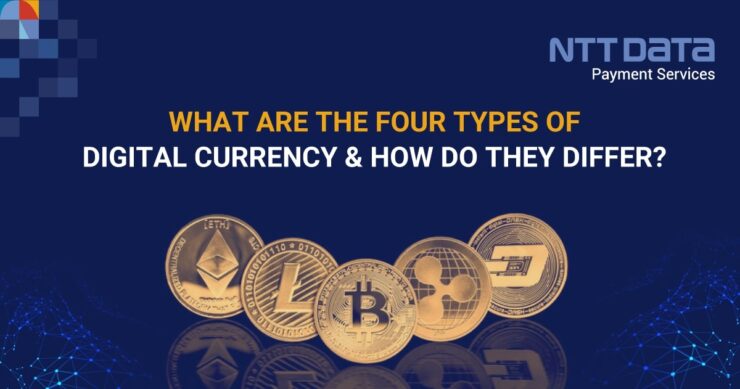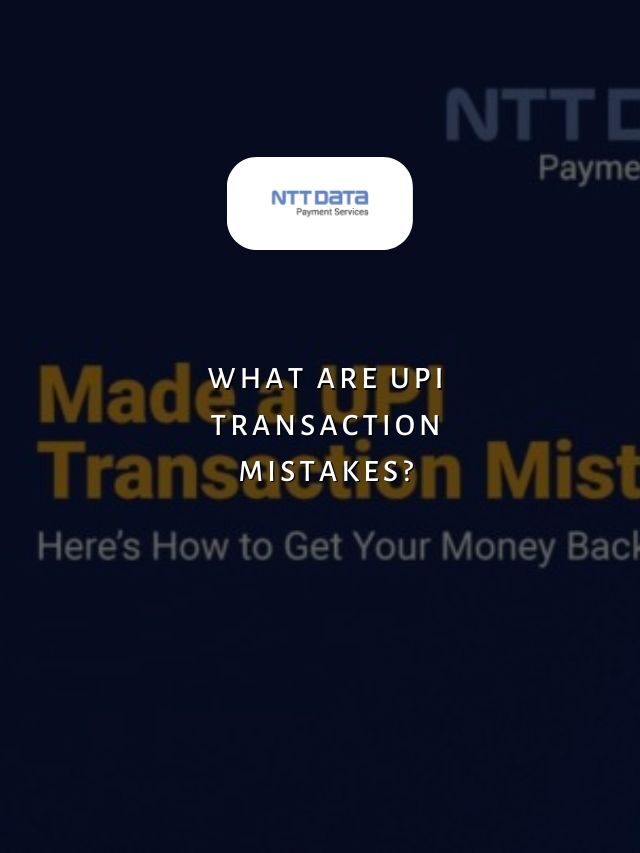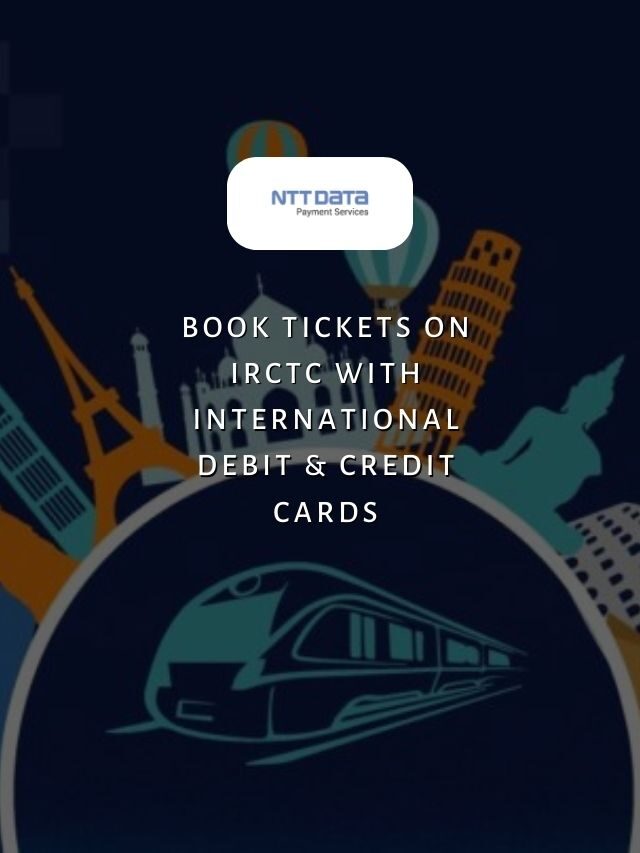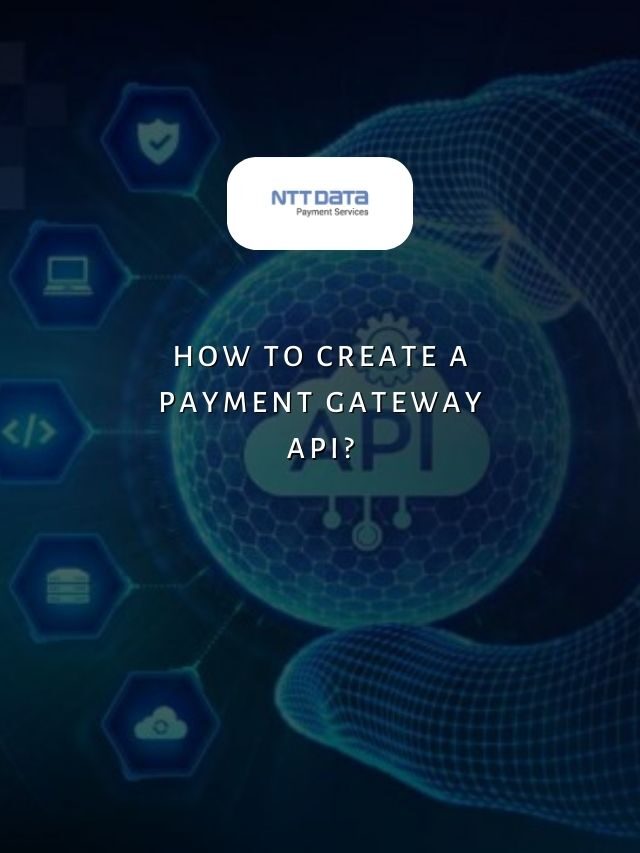
Table of Contents
- 1 What Exactly Is Digital Currency?
- 2 Recent Web Stories
- 3 4 Types Of Digital Currency: Pros And Cons
- 4 How Do They Differ?
- 5 What Is The Difference Between Digital Currency And Online Banking?
- 6 Experience Smooth And Swift Digital Transactions With NTT DATA Payment Services
- 7 Conclusion
- 8 Types of Digital Currency FAQs
With the rise of technology, traditional money is no longer the only option. Enter digital currency, the currency of the future. From cryptocurrencies to stablecoins, there are many types of digital currency, each with its unique features and functions.
Digital currency is taking the world by storm, and it’s essential to understand its different forms and how they differ.
In this blog post, we will explore the four types of digital currency, their differences, and their advantages and disadvantages. By the end of this post, you will have a deeper understanding of the digital currency landscape and how it is changing the world of finance.
What Exactly Is Digital Currency?
Digital currency is money that is exclusively available only in digital or electronic form. What distinguishes digital currency from the existing electronic currency in bank accounts is that digital currency never assumes physical form, unlike electronic money.
They are generally handled, preserved and exchanged using digital computer systems, particularly those connected to the Internet. Types of digital currencies include cryptocurrency, central bank digital currency, virtual currencies and stablecoins.
Digital currency transactions are carried out through computers or electronic wallets linked to the internet or other specific networks. Cryptocurrency is currently the most profitable and volatile asset in the digital space. Ethereum, Bitcoin, and Litecoin are the three most popular kinds.
Digital currency has the ability to fundamentally alter how society views money. The growth of Bitcoin (BTC), Ethereum (ETH), and thousands of other cryptocurrencies has prompted global central banks to investigate how national digital currencies might function.
Recent Web Stories
4 Types Of Digital Currency: Pros And Cons
Digital currency is rapidly gaining popularity in the world of finance and commerce. There are four main types of digital currency: Cryptocurrencies, CBDCs, Virtual Currencies, and Stablecoins.
Cryptocurrencies
It is a type of digital currency that regulates the generation of new units and secures transactions using cryptographic methods. A decentralised ledger known as a blockchain is used by cryptocurrencies to verify transactions and allow them to operate independently of any centralised authority.
| PROs Of Cryptocurrencies | CONs Of Cryptocurrencies |
|---|---|
| Decentralization and anonymity: There is no central authority to control the transactions, and they are pseudonymous. | Volatility and risk of price manipulation: Some cryptocurrencies are susceptible to price manipulation, and some are highly volatile. |
| High potential for value appreciation: The value of many cryptocurrencies has increased significantly over the past few years. | Lack of regulatory oversight: Unlike traditional currencies, cryptocurrencies are not regulated, which can increase investors’ risks. |
Central Bank Digital Currencies (CBDCs)
Central Bank Digital Currencies (CBDCs) are digital versions of fiat currency that central banks issue and maintain. CBDCs have been developed to maintain the reliability and security of traditional currencies while simultaneously providing many benefits of digital currencies, such as quick and secure transactions.
| PROs Of Central Bank Digital Currencies (CBDCs) | CONs Of Central Bank Digital Currencies (CBDCs) |
|---|---|
| Improved efficiency and security of transactions: CBDCs provide faster, more secure transactions. | Possible threat to privacy and financial freedom: CBDCs may grant governments more access to individual financial records. |
| Greater control and monitoring by governments: Governments can exert more control over monetary policy with CBDCs. | Dependence on central authorities: CBDCs are issued and regulated by central authorities, which limits their decentralization. |
Virtual Currencies
Virtual currencies are a type of unregulated digital currency that are used in virtual worlds or online gaming environments to facilitate user transactions. These currencies are frequently used to buy virtual goods, like weapons or clothing for avatars. They are controlled by developers or a founding organisation involved in the process.
| PROs Of Virtual Currencies | CONs Of Virtual Currencies |
|---|---|
| Easy and convenient transactions: Virtual currencies make online transactions easier and more comfortable by eliminating the need for conventional banks. | Lack of government regulation: Due to the lack of government regulation of virtual currencies, they are prone to fraud and scams. |
| Accessibility and inclusion: They provide financial services to people who do not have access to standard banking institutions. | Volatility: Virtual currencies can be highly volatile, which makes them risky for investors and users. |
Stable Coins
They are digital currencies that are designed to have a constant value in comparison to a traditional currency or other asset. Stablecoins are typically backed by the underlying asset’s reserves or by algorithms that modify the stablecoin’s supply based on market demand.
| PROs Of Stable Coins | CONs Of Stable Coins |
|---|---|
| Stability and predictability: Stablecoins are designed to reduce volatility and provide value stability. | Dependence on the stability of the underlying asset: Stablecoins are only as stable as the underlying asset they are tied to. |
| Faster transaction processing and lower fees: Stablecoins can offer faster and cheaper transactions than some other digital currencies. | Potential for regulatory scrutiny and lack of transparency: Stablecoins may attract more regulatory attention due to concerns about their stability and transparency. |
How Do They Differ?
Here’s a tabular representation of the differences between the four types of digital currencies.
| Criteria | Cryptocurrency | CBDCs | Virtual currencies | Stablecoins |
| Control/Issuance | Decentralized | Centralized | Centralized | Centralized or hybrid |
| Regulation | Little to none | Regulated | Little to none | Some regulatory scrutiny |
| Value Stability | Highly volatile | Stable | May vary | Designed to be stable |
| Underlying Asset | None | Government-backed | May vary | Tied to an underlying asset |
| Privacy/Anonymity | High | Limited | May vary | May vary |
| Transaction Processing | May be slow | Fast | Fast | Fast |
| Fees | Vary | Low to none | Low to moderate | Vary |
| Adoption | Growing | Emerging | Established | Growing |
Note: These classifications might overlap, and certain digital currencies may exhibit qualities of numerous types. Additionally, the pros and cons of each type can change depending on specific circumstances and use cases.
What Is The Difference Between Digital Currency And Online Banking?
Digital currency and online banking are two different concepts, despite both operating in the digital space.
Traditional banks offer online banking, which allows users to monitor their funds and perform online transactions. Online banking uses traditional fiat currency and is subject to government regulations and banking laws.
In contrast, digital currency is a form of currency that functions independently of traditional banking systems and government restrictions. Digital currency transactions are verified by a decentralised network, and their value is determined by market demand.
While online banking is limited to traditional banking services, digital currency offers a broader range of financial opportunities, including investment and international transactions.
Experience Smooth And Swift Digital Transactions With NTT DATA Payment Services
Digital currency is becoming increasingly popular, with several types available, including cryptocurrency, e-wallets, and mobile payments. With the advancement of payment solutions, the use of digital currencies is expected to continue to rise, offering more convenience and security for online and offline transactions.
NTT DATA Payment Services offers a complete payment solution to advance both your offline and online businesses from.
- Online Payment Gateway in India
- POS machines
- IVR payments
- Mobile applications, and
- Bharat QR Scan and Pay
We ensure maximum comfort, convenience, and safety for all your payments.
Conclusion
Digital currency is rapidly changing the way we conduct transactions and manage money. As already mentioned, the four main types of digital money are cryptocurrencies, central bank digital currencies, virtual currencies, and stablecoins. Each type has its own set of features, benefits, and drawbacks.
While cryptocurrencies have attracted enormous attention and investment, governments throughout the world are increasingly experimenting with CBDCs. Stablecoins, on the other hand, provide convenience and stability, respectively.
As the world becomes more digitally interconnected, the use of digital currency is likely to increase, and new types of digital currency may emerge. It is essential to stay informed about these changes and their potential impacts on the economy and our everyday lives.
| Also, you can get frequent updates on nttdatapayments Instagram page. |
Types of Digital Currency FAQs
1. What are some examples of digital currency?
Cryptocurrencies, Central Bank Digital Currencies (CBDCs) and Stablecoins are some of the types of digital currencies. In Cryptocurrency, Bitcoin and Ethereum are examples of cryptocurrencies. When it comes to CBDCs, e-₹ (India) and e-RMB (China) are some examples.
2. How many types of cryptocurrencies are there?
There are thousands of cryptocurrencies. Depending on their underlying technology and features, cryptocurrencies can be classified into Bitcoin-based, Ethereum-based, or more.
3. What is the main type of digital currency?
Cryptocurrency is the most common type of digital currency. It is a form of currency that uses cryptography to secure transactions. However, some even consider digital wallets also as digital currencies and if that’s the case, then digital wallets are the most common ones.







